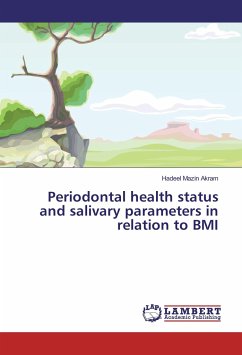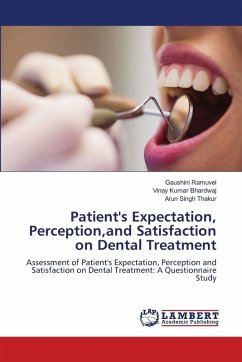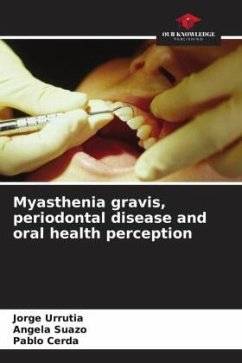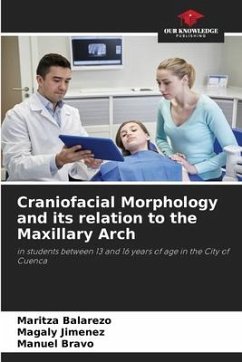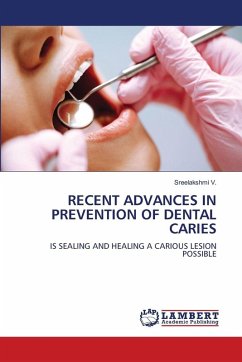
Taste perception in relation to Dental caries and BMI
Versandkostenfrei!
Versandfertig in 6-10 Tagen
29,99 €
inkl. MwSt.

PAYBACK Punkte
15 °P sammeln!
Taste perception plays an essential role in our life .It is a complex phenomenon related to the perception of flavors, defined by the combination of sensations coming from the olfactory, gustatory, and trigeminal systems. Taste arises from chemical substances dissolved in saliva interacting with specific proteins, i.e. taste receptors, which trigger the activation of taste receptor cells (TRCs) located on gustatory papillae, on the tongue. Specific signal transduction pathways are mediated by the taste receptors, existing for each taste type: sweet, umami and bitter are determined by organic m...
Taste perception plays an essential role in our life .It is a complex phenomenon related to the perception of flavors, defined by the combination of sensations coming from the olfactory, gustatory, and trigeminal systems. Taste arises from chemical substances dissolved in saliva interacting with specific proteins, i.e. taste receptors, which trigger the activation of taste receptor cells (TRCs) located on gustatory papillae, on the tongue. Specific signal transduction pathways are mediated by the taste receptors, existing for each taste type: sweet, umami and bitter are determined by organic molecules, and their receptors ( G protein-coupled receptors ), while sour and salty tastes arise from the presence of ions, detected by ion channels. Humans have around 5,000 to 10,000 taste buds located on the epithelium of the tongues surface, palate, epiglottis, pharynx, and esophagus. Taste perception has several aspects: intensity, hedonics (pleasantness or unpleasantness) and quality.





